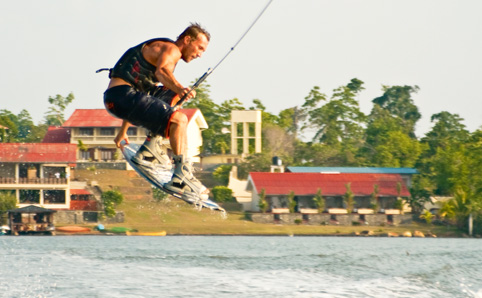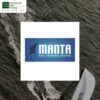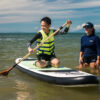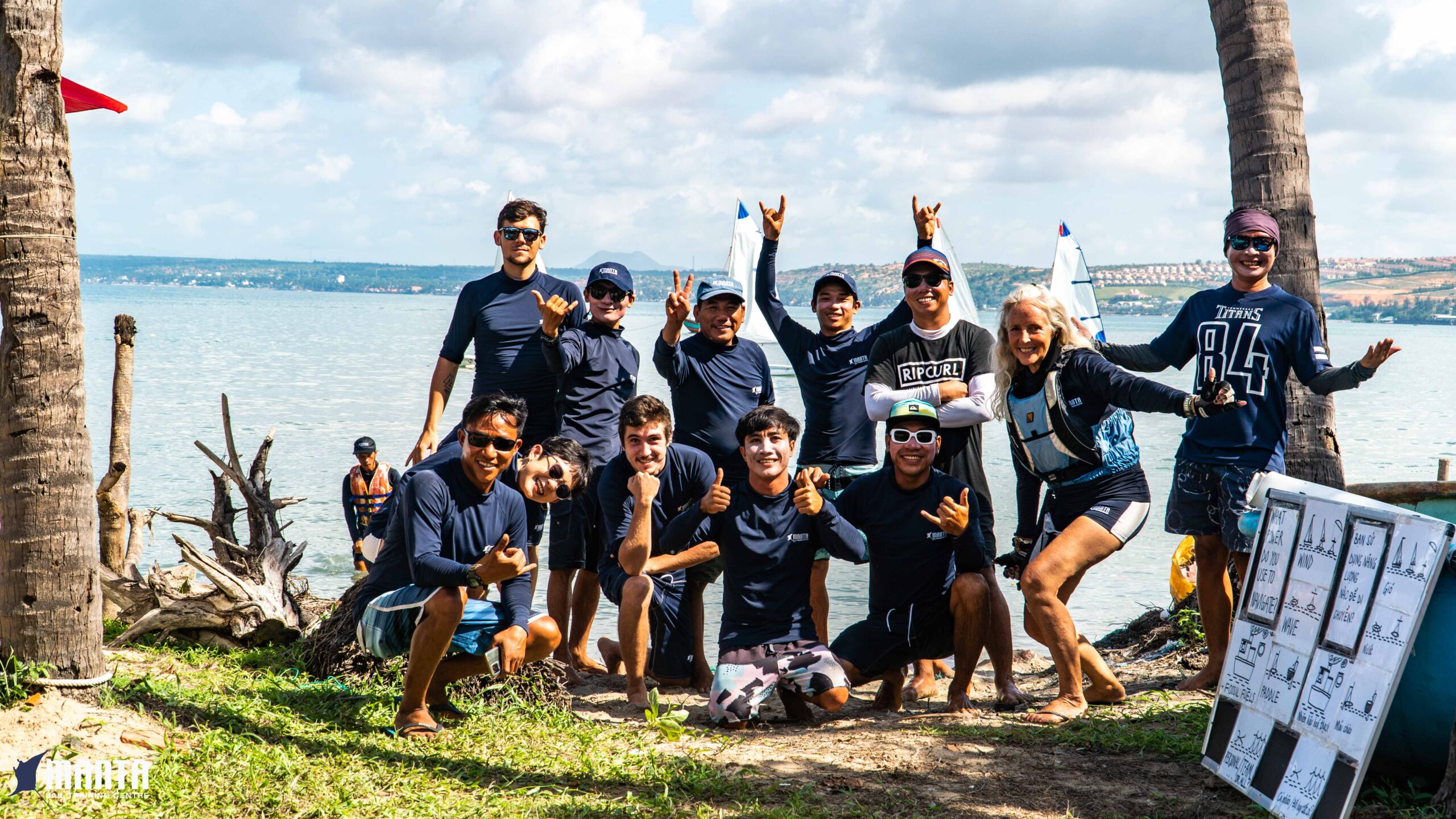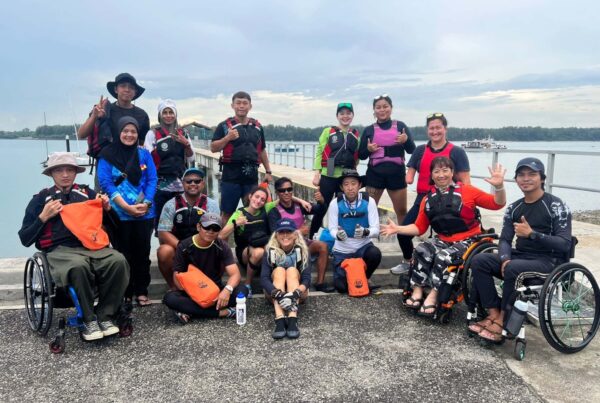Sunbathing on beaches? So last year. Ring in the new and get active withJacqueline Smith as she races round the region to scope out options for sport-inspired holidays.
Skiing in North India
Think of India, and you may well imagine compromising poses in ashrams and sweaty meditation. But head to the northern states from December to March, and you will find rows of mountains blanketed in snow, beckoning the world’s most adventurous skiers and snowboarders.
Despite the below-freezing temperatures, these winter sports can work up a mighty sweat, and are on a par with running and swimming in terms of getting a cardiovascular workout. Australian Bill Barker has been leading skilled snowsurfers on spectacularly scenic back-country tours since the first chairlift opened in the town of Gulmarg (+61 409 161 978,www.billstrips.com), near Kashmir, in 2005. Serviced only by one 1,330m vertical gondola – making it steeper than any resort in America – and with incredible views over the wide bowls of Mount Apharwat, the mountain villages and forest terrain of the valley below, Barker describes Gulmarg’s skiing as ‘a raw experience that is akin to heli-skiing off a lift’.
While best suited to advanced skiers, the Gulmarg resort will have a new chairlift this season and hopes to begin grooming some of its lower-level runs for the less experienced. Accommodation is available in either houseboats or character cottages, making the area suitable for those drawn to a more cultural winter-sports experience rather than lapping up the luxuries of classy resorts in the likes of Japan and Europe.
Getting there: Return fare to Srinagar via Delhi on Air India starts at S$800(www.airindia.com). Srinagar to Gulmarg: 50-minute drive.
Elephant polo in Thailand
It’s most likely the biggest, heaviest, strangest sport on the planet. Endemic in Thailand, India and Nepal, elephant polo was formalised as a sport with a list of governing rules in 1982. The world championships are held in the Royal Chitwan National Park of Nepal each year, but Thailand holds itsKing’s Cup Elephant Polo (+66 0 3252 0250,www.anantaraelephantpolo.com) tournaments in Hua Hin, near the beach resorts of the south.
Tourists are welcome to watch the next match in March, and anyone can apply to the committee (email [email protected]) to play. But take note: although playing ball while riding an elephant might just sound like a bit of fun, organisers warn that the 15-minute long game is a fast, fiercely competitive and sometimes very physical. That said, almost anyone can play when paired with a well-trained mahout. Each elephant carries two players and the driver, who is needed to coax subtle movements from the cumbersome animal.
Getting there: Return fare to Bangkok on Tiger Airways starts at S$150(www.tigerairways.com). Bangkok to Hua Hin: 3-hour drive.
Sailing in Vietnam
No, sailing is not just about sunbathing on the deck with a cocktail in hand. Have you seen the arms on those who sail for a living? You don’t need to be ridiculously fit to learn to sail, but you will need to build upper-body and mental strength if you aim to captain larger vessels on your own. But if nothing else, it’s an excuse to fill your lungs with fresh air and lap up some beautiful scenery.
Vietnam’s long, mostly calm coastline is ideal, but it has taken a while for the sport to catch on. Manta Sail Training Centre (+84 908 400 108,www.mantasailing.org) in Mui Ne Bay is the country’s first and only sailing school, and complies fully with international sailing association guidelines. Owner Julia Shaw, who learned to sail in Malaysia at the age of three, says that given ten hours’ training, a complete novice should be able to safely rig and sail the small, light dinghies on their own. Standard tuition rates are about S$65 per hour, with discounts for groups. Classes can be combined with paddle boarding and yoga.
Getting there: Return fares to Ho Chi Minh City on Tiger Airways start at S$130 (www.tigerairways.com). Ho Chi Minh City to Mui Ne: 3.5-hour drive.
Wakeboarding in Sri Lanka
Tucked away behind the nightlife and roaring waves of Sri Lanka’s surfing capital, Hikkaduwa, is a glassy lake dotted with fishermen, in which a lone wakeboarder glides and flips through the middle. His sport has become a freshwater alternative – or addition – to surfing holidays. Like surfing, it strengthens arm and leg muscles, and facilitates improved flexibility and coordination, all with the benefit of the water at your feet and wind in your hair as you’re speedily pulled along by a motorboat. But, like all sports that look cool, it can be dangerous, especially when fancy moves are attempted. You need to learn properly.
Spunky Monkey wakeboard camp (+94 777 362 458,www.wakeboardcamps.com) was the first of its kind in south-western Sri Lanka and now offers packages for everyone, from solo surfers to active families. It’s run in conjunction with a waterskiing camp down the road. Owner Holger Brümmer, who learnt to wakeboard when the sport was introduced to Europe in the late 1990s, says it’s the perfect accompaniment to a Sri Lankan surf holiday – and the mirror-calm conditions at the sheltered lake are exceptional. Courses range in price from S$70-$160.
Getting there: Return fares to Colombo on Emirates start at S$334(www.emirates.com). Colombo to Hikkaduwa: 1.5-hour drive.
Rock climbing in Malaysia
Malaysia is a rock climber’s paradise. The east coast offers granite boulders and monoliths; limestone crags and sandstone mountains dominate the Sarawak landscape; and then there are the large, alpine granite walls of Sabah. You do need experience before you try scaling them – at least on the climbing walls in gyms – but companies like Vertical Adventure (+6 03 2333 8838, www.vertical-adventure.com) offer ropes courses for beginners at the Batu Caves near Kuala Lumpur, and they say all you need is enthusiasm. Experienced climbers can explore The Lost World of Tambun in Ipoh, which has 90 routes bolted into its limestone crags, and a day with a professional guide will cost about S$80.
Once mastered, rock climbing tones muscles everywhere in your body and builds endurance, while also training your brain at the same time. Each climb is a puzzle that requires problem-solving skills, intense concentration and most of all determination to get to the top – where you’re finally rewarded with fantastic views.
Getting there: Go to www.tourism.gov.my for information on travelling to various destinations.
By Jacqueline Smith, published on Oct 27 2011 – 19:12
